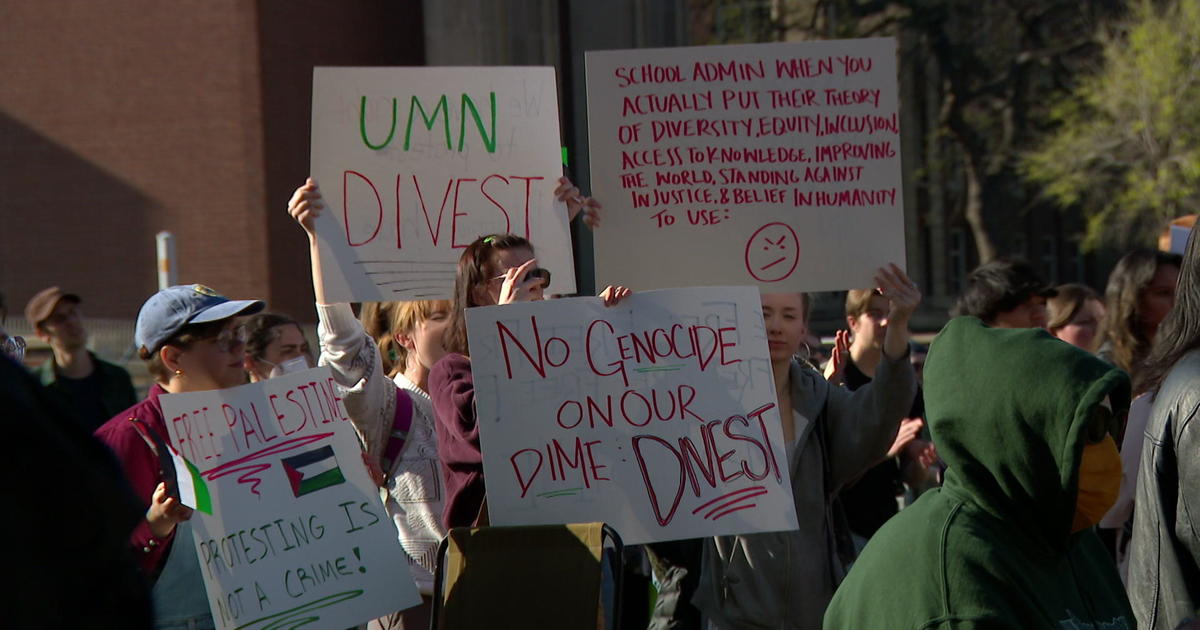Thousands Leaving College With Degree, Mounds Of Debt
MINNEAPOLIS (WCCO) -- Finals are around the corner for many college students across the state. In addition to studying for their education, they're worried about paying for it.
"I can barely afford to come to school now. I'm on a wing and a prayer that I'll be able to find a job once I'm done," said Michael Kryjeski, a student at Minneapolis Community and Technical College.
Thousands of other students in the state are in the same boat. They'll leave school with a diploma and a mound of debt.
"At this time, I'm just over $20,000 in debt after an associate's degree," said student Geoff Dittberner.
The cost of school was a significant factor when deciding where to go.
"I come from a modest, middle class family. My family makes just enough money to where I don't get any federal grants or state grants," Dittberner said.
He's just one of the 200,000 students in the state that has received financial aid.
"The total tuition for MCTC is around $5,000 a year, plus the cost of living," said Dettberner. "When you factor that in and paying bills, I usually end up maxing out my loans at $12,000 a year."
Applying for aid can be confusing. Each form uses different terms, making it confusing for students to know what type of aid they're getting.
Sen. Al Franken said with the current forms used across the country "you can't compare apples to apples."
Monday, Franken announced he'll sponsor a bill in the Senate that will improve that process. It's called "Understanding the True Cost of College Act."
The bill will create a uniformed aid letter so students can know exactly how much money they're getting and how much their grants or loans will be. They'll also have an amount of how much they'll owe each month and what their debt will be after school.
Dittberner works full time, so he's only able to be a part-time student. He's making payments towards interest as it accrues, but says he's still living paycheck to paycheck.
"I will have some significant loans to pay back at least some time," he said.
What's owed could skyrocket if Congress doesn't act by July 1. The interest rate on Stafford loans are set to double from 3.4 percent to 6.8 percent. That will affect more than 200,000 borrowers in Minnesota. Right now, students in Minnesota graduate owing an average of $29,000 in loans.
Franken says that's the fourth highest amount of debt in the nation.
Congress is close to an agreement that would extend the lower rate for another yet, but Franken said there's still some questions about how the government would pay for that.
"I don't know how anyone is supposed to better themselves or go on to school if they do double it," Kryjeski said.
He's not alone.
"I'm continuing my education, that means I will take out loan next semester, next fall semester, and at that time, if the interest rate double I'll be paying that 6.8 percent," Dittberner said. "Over the long-term, that's going to be another hurdle for me to overcome another challenge, on top of all the other challenges I'm going to face."



